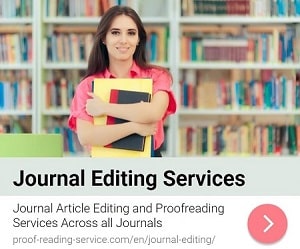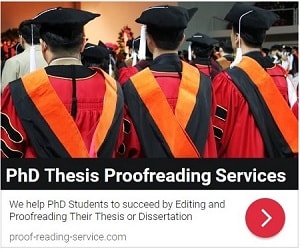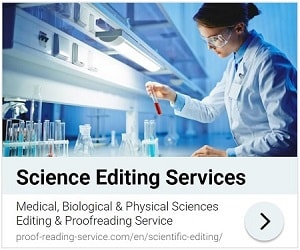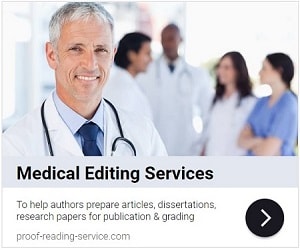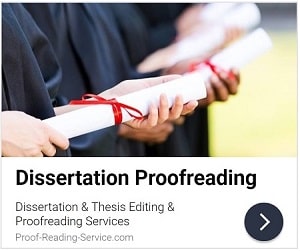Introduction
Effectively presenting research is crucial for ensuring that findings are understood, impactful, and accessible to the intended audience. Researchers must consider various formats for sharing their work, depending on the purpose, audience, and field of study. Whether publishing in a journal, delivering a conference presentation, or preparing a poster, choosing the best format enhances engagement and knowledge dissemination.
This article explores different formats for presenting research, their advantages and limitations, and how to select the most appropriate format based on research goals and audience needs.
Factors to Consider When Choosing a Research Presentation Format
Before deciding on a format, researchers should evaluate several factors to determine the most effective way to communicate their findings:
- Target Audience – Who will be consuming the research (academics, policymakers, industry professionals, or the general public)?
- Research Complexity – Is the study highly technical, data-driven, or conceptual?
- Purpose of Presentation – Is the goal to publish findings, seek funding, educate, or generate discussion?
- Available Resources – Does the researcher have access to journals, conferences, or online platforms?
- Time Constraints – Some formats require extensive preparation, while others allow for quick dissemination.
By assessing these factors, researchers can determine the best way to present their work effectively.
Common Research Presentation Formats
1. Research Papers (Journal Articles)
Overview
Publishing in academic journals is one of the most formal and widely recognized methods of presenting research. Research papers follow a structured format, typically including an abstract, introduction, methodology, results, discussion, and references.
Advantages
- Provides credibility and recognition within the academic community.
- Enables peer review, ensuring research quality and validity.
- Can be referenced by future researchers, contributing to the field’s knowledge base.
Limitations
- The publication process can be time-consuming.
- Requires adherence to strict formatting and submission guidelines.
- May have limited accessibility due to paywalls.
Best For:
- Researchers aiming for formal academic recognition.
- Studies requiring in-depth analysis and detailed documentation.
- Fields where peer review is critical for credibility.
2. Conference Presentations
Overview
Presenting research at academic conferences allows researchers to share their findings with peers, receive feedback, and network with other experts. These presentations can be oral or poster-based.
Advantages
- Provides immediate feedback and discussion opportunities.
- Helps build professional networks and collaborations.
- Offers a platform for early-stage research findings.
Limitations
- Limited time for presentation (typically 10–20 minutes for oral presentations).
- Requires strong public speaking skills.
- May have high travel and registration costs.
Best For:
- Researchers seeking feedback before publishing.
- Studies that benefit from live interaction and discussion.
- Presenting preliminary results for further refinement.
3. Posters (Academic and Scientific Posters)
Overview
Posters condense research into a visually engaging format, displayed at conferences, symposiums, or research fairs. They typically include sections on objectives, methods, key findings, and conclusions.
Advantages
- Allows for one-on-one interactions with attendees.
- Provides a quick visual summary of research findings.
- Encourages concise communication of key points.
Limitations
- Limited space for detailed explanations.
- May not receive as much attention as oral presentations.
- Requires strong visual design skills.
Best For:
- Researchers presenting exploratory studies or pilot projects.
- Topics that can be effectively conveyed through visuals.
- Situations where interactive discussions with attendees are beneficial.
4. Thesis and Dissertations
Overview
A thesis (master’s level) or dissertation (doctoral level) is a long-form research document required for academic degree completion. It provides a comprehensive examination of a research topic.
Advantages
- Allows for in-depth exploration of a subject.
- Demonstrates academic expertise and contributes to knowledge.
- Serves as a foundation for future research papers.
Limitations
- Lengthy and time-consuming to write and defend.
- Not widely read outside of academia unless published.
- May require adaptation for broader dissemination.
Best For:
- Graduate students completing their degree requirements.
- Researchers producing comprehensive studies with detailed methodologies.
5. Books and Book Chapters
Overview
Publishing a book or contributing a chapter to an edited volume allows researchers to present extensive research in a structured manner. Books may be academic or written for broader audiences.
Advantages
- Provides an opportunity to explore topics in great detail.
- Allows for interdisciplinary discussions within a book chapter.
- Can reach both academic and non-academic readers.
Limitations
- Takes a long time to write and publish.
- May have limited readership compared to journal articles.
- Requires negotiation with publishers and editors.
Best For:
- Scholars seeking to consolidate research into a single volume.
- Topics requiring in-depth discussion beyond an article’s scope.
- Research aimed at both academic and professional audiences.
6. Policy Briefs and Reports
Overview
Policy briefs and reports translate research findings into actionable insights for policymakers, stakeholders, and industry professionals.
Advantages
- Helps influence policy decisions and real-world applications.
- Uses accessible language for non-academic audiences.
- Provides a structured summary of key findings and recommendations.
Limitations
- Requires adaptation of research for a non-expert audience.
- May not contribute directly to academic recognition.
- Often has a short shelf life due to changing policies.
Best For:
- Research with direct implications for policy or industry.
- Studies seeking to impact decision-making at governmental or organizational levels.
7. Multimedia Presentations (Webinars, Podcasts, and Videos)
Overview
With the rise of digital media, researchers are increasingly using multimedia formats such as webinars, podcasts, and explainer videos to present findings.
Advantages
- Engages a broader audience beyond academia.
- Provides a dynamic way to present complex topics.
- Increases accessibility through online sharing.
Limitations
- Requires technical skills in video or audio production.
- Less formal than traditional academic formats.
- May not be recognized as academic output in some fields.
Best For:
- Researchers wanting to reach the public and non-academic audiences.
- Studies that benefit from visual or auditory explanations.
- Increasing outreach and engagement with research findings.
Conclusion
Choosing the best format for presenting research depends on the intended audience, purpose, and discipline. Journal articles and theses are ideal for formal academic recognition, while conferences and posters facilitate discussions and networking. Policy briefs and multimedia presentations enhance accessibility and public engagement. By carefully selecting the appropriate format, researchers can ensure that their work reaches the right audience and has a meaningful impact in their field.










